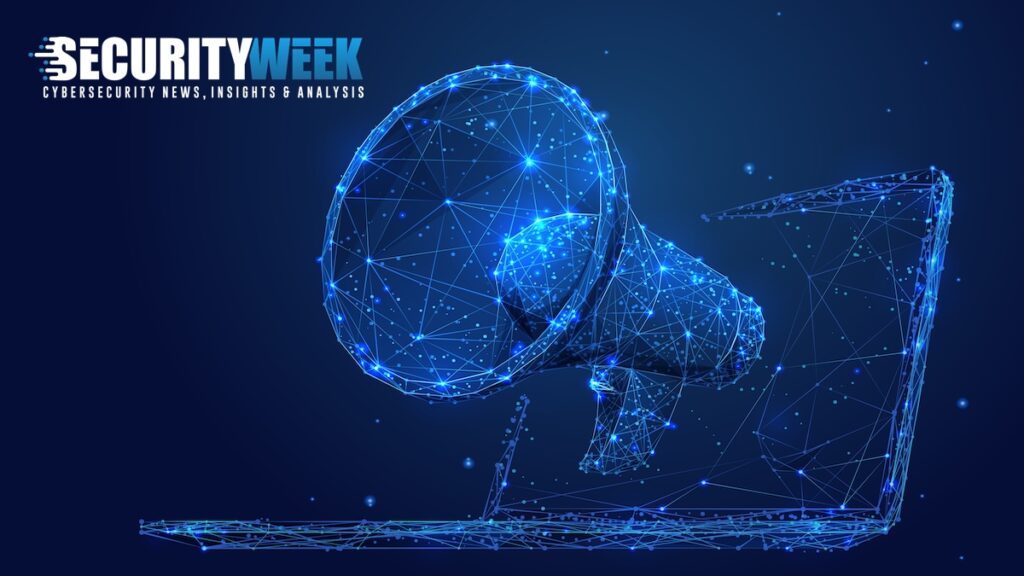Ensure cyber resilience for better protection against evolving attacks.
Wiki Article
The Following Frontier: Insightful Cybersecurity Forecasts for the Coming Year
As we come close to the new year, the cybersecurity landscape is on the verge of notable improvement. Trick elements such as the assimilation of advanced AI innovations, the inevitable rise of innovative ransomware, and the firm of data privacy laws are shaping the future of digital safety.Surge of AI in Cybersecurity
In the rapidly developing landscape of cybersecurity, the assimilation of artificial intelligence (AI) is emerging as a critical pressure in boosting hazard detection and reaction abilities. AI innovations, such as artificial intelligence algorithms and deep knowing designs, are being progressively released to examine substantial quantities of information and recognize patterns a measure of security threats. Deepfake Social Engineering Attacks. This allows companies to proactively attend to vulnerabilities before they can be made use ofThe rise of AI in cybersecurity is particularly significant in its ability to automate regular jobs, enabling human analysts to concentrate on more intricate protection concerns. By leveraging AI, cybersecurity groups can minimize reaction times and improve the precision of hazard analyses. Moreover, AI systems can adapt and pick up from brand-new dangers, constantly refining their discovery systems to stay ahead of malicious stars.
As cyber threats come to be extra advanced, the need for innovative services will certainly drive additional investment in AI modern technologies. This pattern will likely bring about the advancement of enhanced safety tools that integrate predictive analytics and real-time surveillance, ultimately strengthening organizational defenses. The shift towards AI-powered cybersecurity options represents not simply a technological change but an essential change in exactly how companies approach their safety and security approaches.
Increase in Ransomware Attacks
Ransomware attacks have come to be a prevalent danger in the cybersecurity landscape, targeting companies of all sizes and across different sectors. As we advance into the coming year, it is prepared for that these attacks will not only raise in frequency however likewise in refinement. Cybercriminals are leveraging advanced methods, consisting of the use of synthetic intelligence and artificial intelligence, to bypass conventional safety actions and manipulate susceptabilities within systems.The escalation of ransomware attacks can be associated to a number of aspects, consisting of the increase of remote job and the expanding dependence on electronic services. Organizations are commonly unprepared for the advancing threat landscape, leaving crucial framework prone to breaches. The economic effects of ransomware are shocking, with business dealing with large ransom money demands and potential long-term functional disturbances.
In addition, the fad of dual extortion-- where opponents not just encrypt data but additionally endanger to leak sensitive details-- has actually acquired traction, better persuading sufferers to comply with needs. As an outcome, services should focus on durable cybersecurity steps, consisting of routine backups, staff member training, and occurrence reaction preparation, to alleviate the risks linked with ransomware. Failure to do so can cause devastating effects in the year ahead.
Advancement of Data Personal Privacy Laws
The landscape of information privacy regulations is going through significant improvement as governments and companies react to the enhancing problems surrounding individual data security. In the last few years, the implementation of thorough frameworks, such as the General Data Defense Regulation (GDPR) in Europe and the California Consumer Personal Privacy Act (CCPA) in the United States, has established a criterion for stricter privacy regulations. These regulations highlight customers' civil liberties to control their data, mandating openness and liability from organizations that gather and cyber resilience refine individual details.
Furthermore, companies will certainly need to boost their conformity techniques, spending in sophisticated technologies and training to guard sensitive details. The development of information privacy laws will not just impact exactly how businesses run yet likewise form consumer expectations, cultivating a culture of trust and protection in the electronic landscape.
Growth of Remote Job Susceptabilities
As companies remain to embrace remote work, vulnerabilities in cybersecurity have progressively come to the leading edge. The shift to versatile job arrangements has subjected critical spaces in protection protocols, especially as staff members access sensitive data from different areas and devices. This decentralized workplace produces an increased strike surface for cybercriminals, who exploit unprotected Wi-Fi networks and individual gadgets to penetrate company systems.
To mitigate these susceptabilities, organizations must focus on detailed cybersecurity training and execute durable safety frameworks that incorporate remote work circumstances. This consists of multi-factor authentication, normal system updates, and the establishment of clear methods for data accessibility and sharing. By attending to these vulnerabilities head-on, business can foster a more secure remote workplace while maintaining functional resilience despite developing cyber hazards.
Developments in Threat Detection Technologies


Aggressive risk discovery has come to be a foundation of modern cybersecurity methods, reflecting the immediate need to combat increasingly advanced cyber threats. As organizations encounter a developing landscape of susceptabilities, developments in hazard detection innovations are critical in mitigating dangers and boosting safety and security stances.
One noteworthy fad is the integration of expert system and artificial intelligence right into threat detection systems. These innovations enable the analysis of large quantities of information in actual time, allowing for the identification of abnormalities and possibly destructive activities that may avert standard protection measures. Additionally, behavioral analytics are being carried out to develop standards for regular customer task, making it less complicated to spot discrepancies a sign of a breach.
Additionally, the surge of automated hazard knowledge sharing systems facilitates collaborative defense efforts across industries. This real-time exchange of information enhances situational recognition and increases feedback times to arising threats.
As organizations remain to spend in these sophisticated innovations, the efficiency of cyber defense devices will substantially enhance, equipping safety and security teams to remain one action ahead of cybercriminals. Inevitably, these innovations will certainly play an important role fit the future landscape of cybersecurity.
Final Thought
In summary, the future year is anticipated to witness transformative advancements in cybersecurity, driven by the assimilation of AI technologies and a notable rise in ransomware attacks. Generally, these evolving dynamics highlight the critical value of adjusting to an ever-changing cybersecurity landscape.Report this wiki page